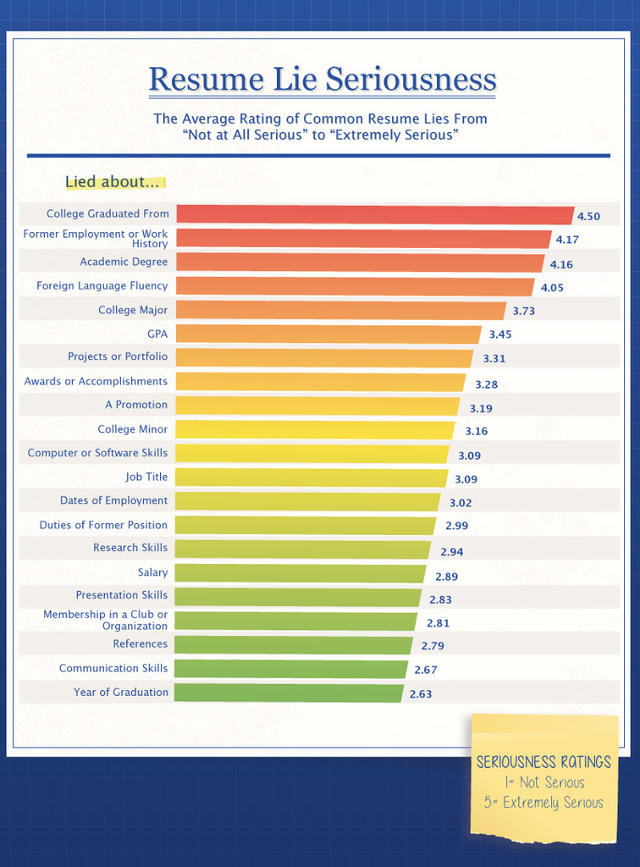WHAT: An interactive website, full of big blocks of science, that leads to an interactive “create your own aurora” game, where you can use sliders to adjust the variable factors that influence what the Northern Lights look like.
WHO: Icelandair, who would very much like you to visit Iceland to see those Northern Lights.
WHY WHY CARE: The Northern Lights are very neat—to the point that they seem more like magic than scientific phenomena occurring for reasons that a layperson can understand. In order to drive home how amazing they are, Icelandair launched a site full of information about how they work. The site explains the history of humans looking at the lights, the details about times and days that are best to see them, and information about what a “KP Index,” which measures the geomagnetic activity responsible for the light show. But the real fun is playing with the interactive sliders, which make all of concepts easier for us “learn-by-doing” types to comprehend. There, you can modify the KP Index, the altitude, and the oxygen/nitrogen levels, and get a better grasp of why the lights change colors, why they’re more saturated at some times of day than others, and what situations make the lights strongest. When it comes to understanding the magic of science, it’s a pretty clever thing—especially coming from an airline.
















